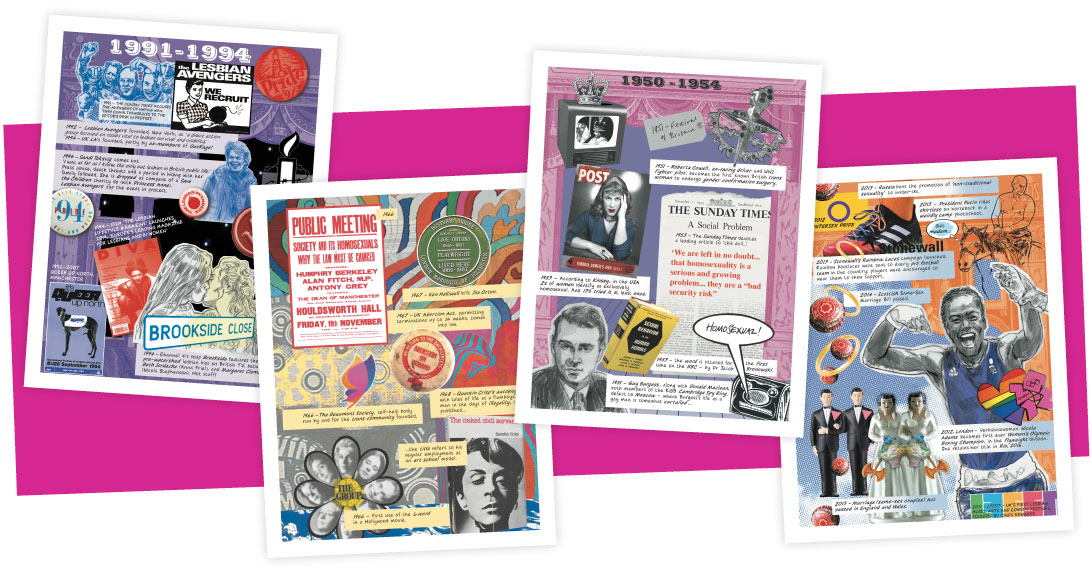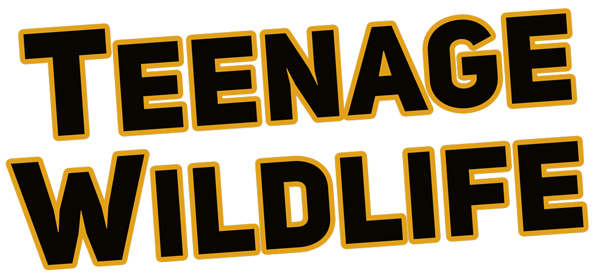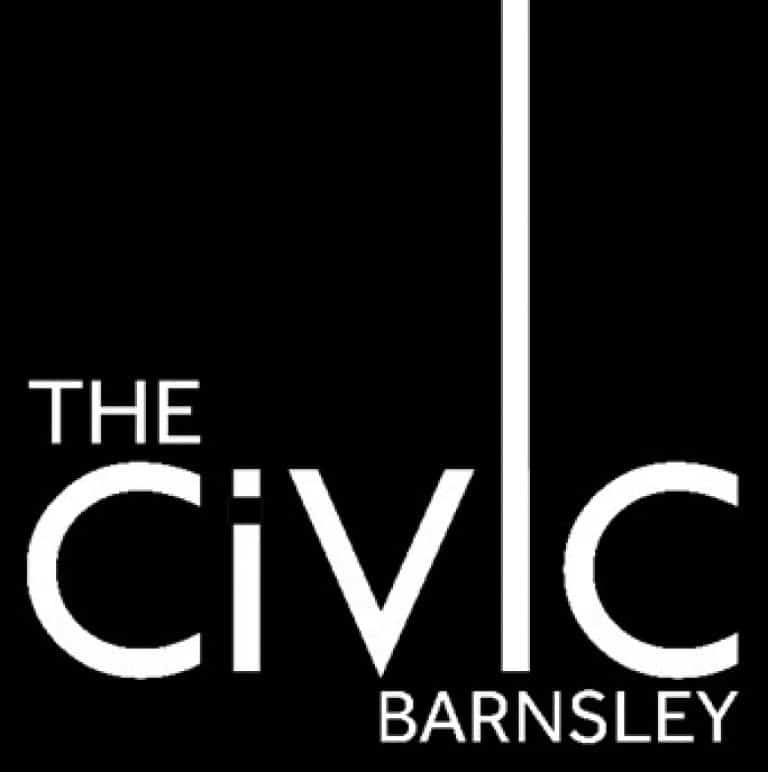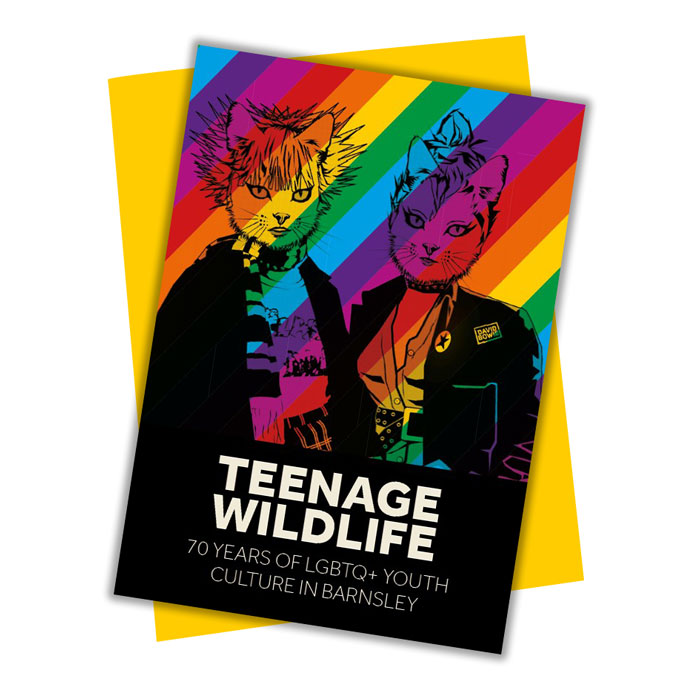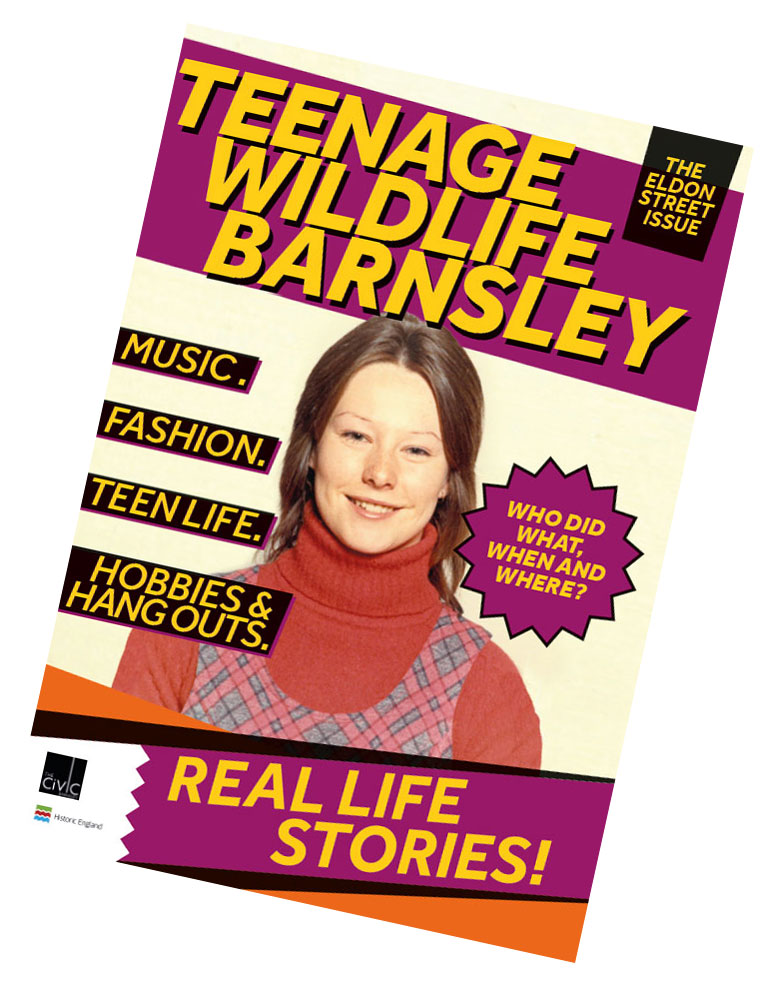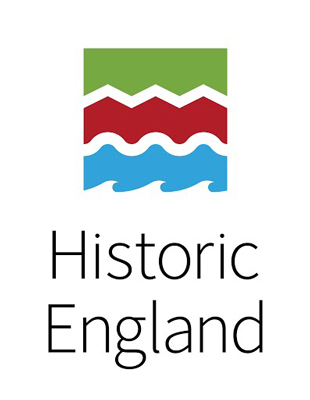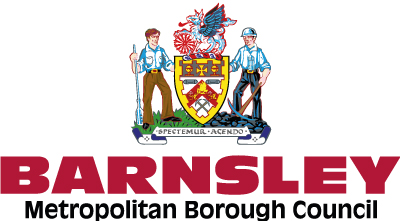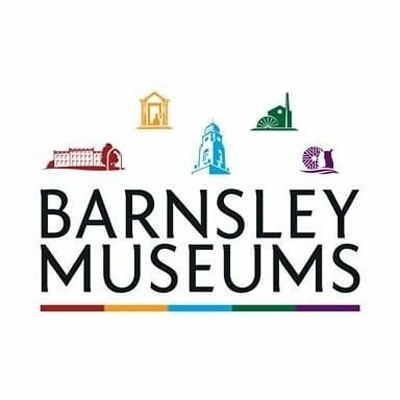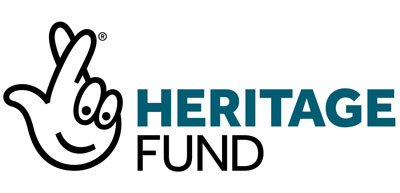LGBTQIA+ and Youth Culture
70 Years of Barnsley LGBTQIA+ Youth Culture
As part of our this Teenage Wildlife project, we developed a youth led exhibition exploring the hangouts and experiences of Eldon Street’s teenage LGBTQIA+ community. A group of young volunteers supported the project by producing and curating the content you see, which includes years of experience, poems and artwork. They were complimented by loans from Barnsley Museums and Archives, artwork from Barnsley born illustrator Kate Charlesworth and map of Barnsley town centre, visualising the locations and experiences shared in the exhibition.
The exhibition was on display at Barnsley Civic throughout LGBTQIA+ History Month, February 2023.
Below are excerpts from the exhibition.
The Eldon Street Area
Some of the locations on Eldon Street and the wider area had links to Barnsley’s LGBTQIA+ culture.
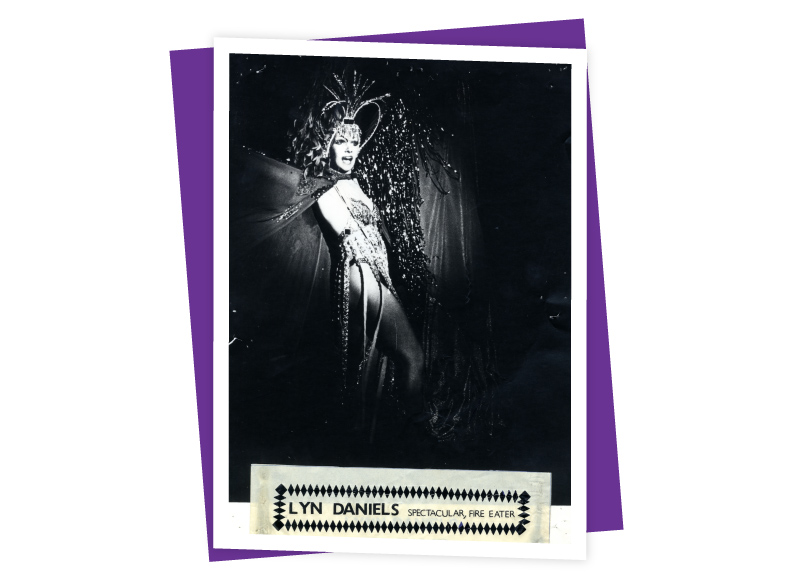
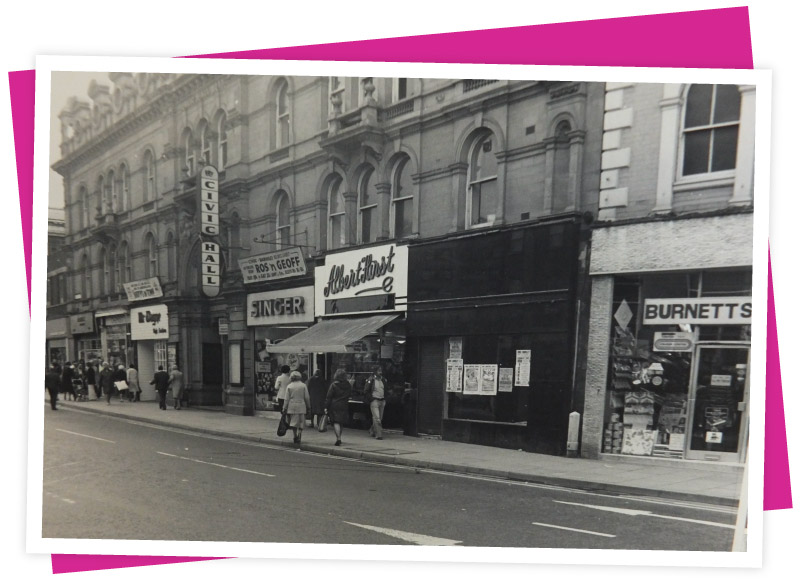
In the 1980s, the original Civic Theatre even hosted performances from drag entertainer Danny La Rue and transgender showgirl Lyn Daniels. The local authority run venue closed its doors in 1998, but reopened in 2009 as a new contemporary arts space. Today, Barnsley Civic is a LGBTQ+ friendly employer and programmer of arts and culture.
Images © Barnsley Archives
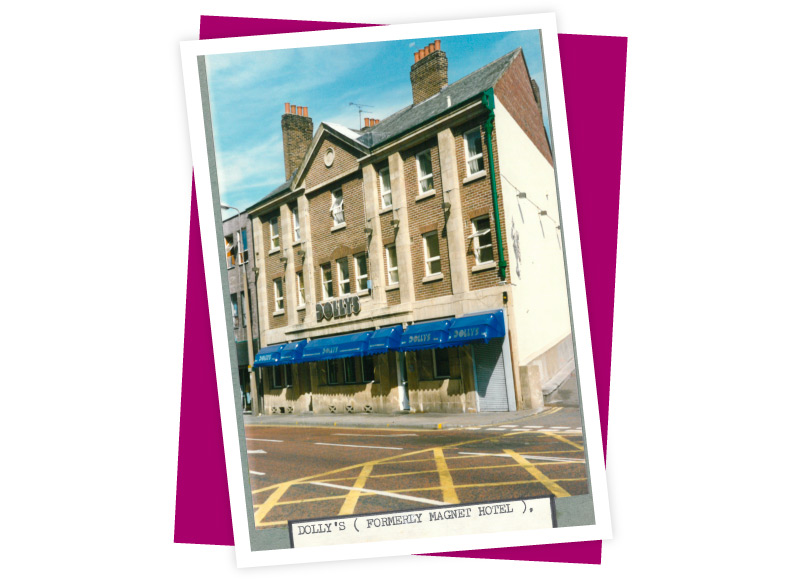
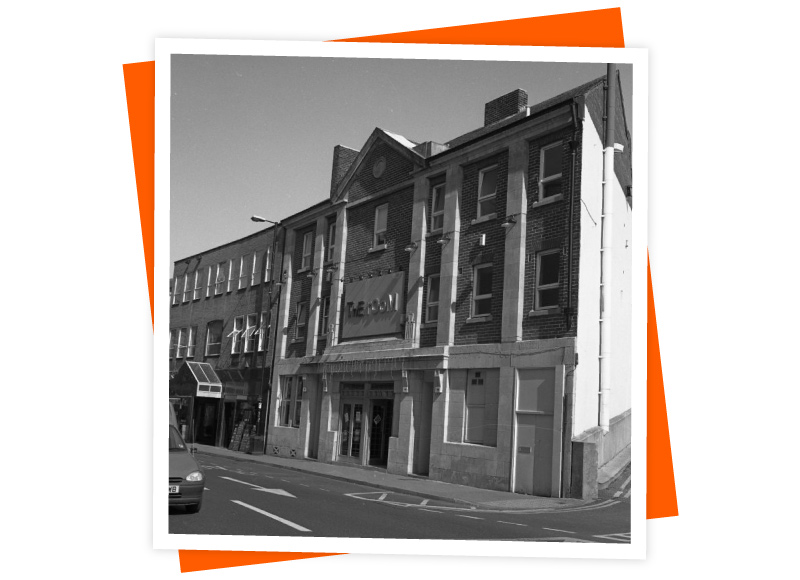
25 Eldon Street, Dolly’s and The Room. Barnsley radio and TV presenter and DJ Stephanie Hirst, cut her teeth DJing at Dolly’s on Eldon Street in the early 1990s. In 2014 and 2015 Hirst was included in The Independent On Sunday’s “Rainbow List”, an annual celebration of 101 influential LGBTQ+ people in the UK, and in 2016 was awarded an Honorary Doctorate from Leeds Beckett University for her LGBTQ+ activism.
Later in the 2000s, at the same address, The Room was the town’s only 7 day a week Rock and Metal bar for over a decade. This period coincided with the rise of Emo culture, and became the home of black eyeliner and nail varnish wearing misfits and outcasts. It also became a same space for young LGBTQ+ people, with a big overlap between the two communities.
Dolly’s image © Barnsley Archive.
The Room image © The Tasker Trust
Oral History Interviews
Our exhibition features curated extracts from interviews with Kate, David, Michaela, Steven, Faith and Jess, who shared their teenage experiences in decades spanning 1960s to 2010s, including memories of Eldon Street. Here are some of those memories.
“I knew that I wasn’t like the other ones… I decided to do some research, so I read all the Collette I could get my hands on. Collections had been translated into really nice Penguin editions. There was some quite frisky stuff in there. We got it from WH Smith’s and the library in the Civic.”
“It used to be Butch and Femme, and you had to choose. And if you didn’t choose you were looked at with great suspicion. A lot of young women who may well have been lesbians and in fact often became lesbians later on, they got married and had kids. It’s what you did.”
Kate (1960s teen)
“I found it incredibly difficult to come to terms with my sexuality and even admit that I was gay because I didn’t have any positive role models in my life. All I had were people like John Inman and Larry Grayson, but they’re always really overly feminine and camp men, and I just could not relate to kind of that kind of gay stereotype. So, I kind of hid my sexuality for a long time.”
“It was the start of the AIDS epidemic. There were advertisements everywhere, really huge advertisements on TV about AIDS being the been like the gay plague, and you know, everyone blamed gay people for the AIDS epidemic. Thankfully, I never got attacked, I never got any verbal abuse, because I’ve always been a big, big bloke, but you had to look over your shoulder the whole time, and even if you’re going into a gay bar in Leeds, Sheffield. There was still a risk of people being outside queer bashing, verbal and physical abuse. So, you’re always on the guard.”
“When I were at Art College, there used to be absolutely fantastic art college discos in the Centenary Rooms, which used to be upstairs in The Civic. It were a phenomenal space for discos… the art school used to hire it and we used to put on art school Christmas and birthday parties. All the art school used to pile down there and, you know, dance and be weird. And that strangely, even though it weren’t specifically a gay space, that always felt like a really safe space.”
David (1980s teen)
“I initially thought that I was gay. I didn’t know what else it could be. I didn’t have Google or the internet in those days, so how did you find out? Who did you ask? There was nobody to ask. There’d been some stuff back in the 80s in The Sunday Sport newspaper about somebody that had a sex change, you know, like it was some really, really big deal. But even then it didn’t resonate. I didn’t put the two together, you know.”
“We have some outstanding youth groups in Barnsley. The kids can be who they need to be. If they want to wear a dress, they can turn up in a dress – it don’t matter whether that’s a gender or a sexuality issue, they’re just encouraged to be their normal selves and I think that’s great. It’s good for their mental health. If I’d have had groups like that when I was a teenager, I may well have found myself to be honest with you. We saw a lot of that Pride Barnsley.”
Michaela (1980s teen)
“I went to Manchester in the late 90s. It was a world apart from Barnsley. It was a huge gay scene with many sub scenes within it. And quite easy to get swallowed up and lost in that. It was kind freeing, terrifying, exciting, and just a really special place to be.”
“I didn’t really go out on my own to pubs and bars in Barnsley, because I was quite intimidated by Barnsley. I was really at home in Manchester because it’s what I had grown up with and known. I knew the people behind the bars and bouncers, I felt safe there, even though it’s probably a much more unsafe place than Barnsley was.”
Steven (1990s teen)
“Eldon Street? Some of my favourite and best times of being in my late teens into early 20s were in the pub The Room. But I guess for me, that was about a separate part of my identity. That was about my love for alternative music. I guess for the other part of my identity, which might be classed as my sexual orientation, I went over to Chicago Rock.”
Faith (2000s teen)
“Once we sort of made it official, I started telling my close group of friends, and it was instantly accepted because all them all them were gay, or bi or even trans. So, it was sort of respected.”
“When I was going through my Emo phase, we would go to Mandela Gardens at the back of The Civic quite a lot. We’d also go to Lucorum too, because my mates were in a band. That’s where I met a lot of people a lot like me, a lot were gay, a lot of them bi, a lot of them were Goths and Emos.”
Jess (2010s teen)
Key Locations Exhibition Handout and Map
Black Bee Creative designed a map of the central Barnsley area, which plots some of the key locations mentioned in the collected interviews. It also identifies some of the LGBTQ+ safe spaces in Barnsley over the last 70 years. Together, the stories and map highlights the way the local LGBTQ+ scene has developed and adapted over the years, in a response to the nation’s changing legal framework, and the constant fight for sexuality and gender identity equality.
You can download your own copy of the map here. It has been designed to printed A3 and folded down to A5.
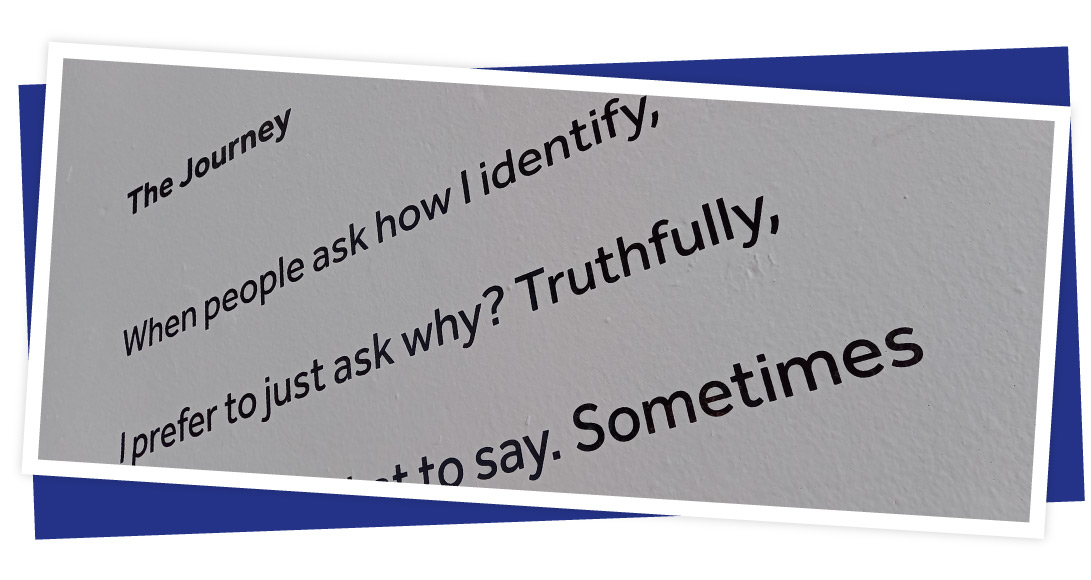
Barnsley Young Writers
Barnsley Civic is home to Barnsley Young Writers, a free to access, supportive environment where aspiring young writers aged 14 – 19 can explore their craft, run by Hive South Yorkshire. They work with award-winning, professional writers to explore different writing forms through fun exercises that will build writing confidence. The group meet every two weeks in accessible spaces and is a safe space for LGBTQIA+, disabled and neurodivergent young people.
Barnsley Young Writers ran their own Teenage Wildlife project, which you can explore elsewhere on this website. However, some of the group members poems really resonated with our exhibition volunteers and were asked if they would like to include them. Here is one of those poems.
The Journey
When people ask how I identify,
I prefer to just ask why? Truthfully,
I never know what to say. Sometimes
they ask if I’m gay. Usually, I say yes
and leave it at that. It’s easier that way.
When people ask how I identify,
I make up a story to try and explain me.
But it ends up all over the place, like
an impossible jigsaw, with thousands
of pieces that sit and wait to find their space.
When people ask how I identify, I want to
look up at a shooting star in the sky
that will grant my wishes, and tell me
who I am. Because that is what it’s like
being me. It’s confusing, sometimes lonely.
But I know it’s all part of a journey,
a journey to find me.
By Sofie Stothers
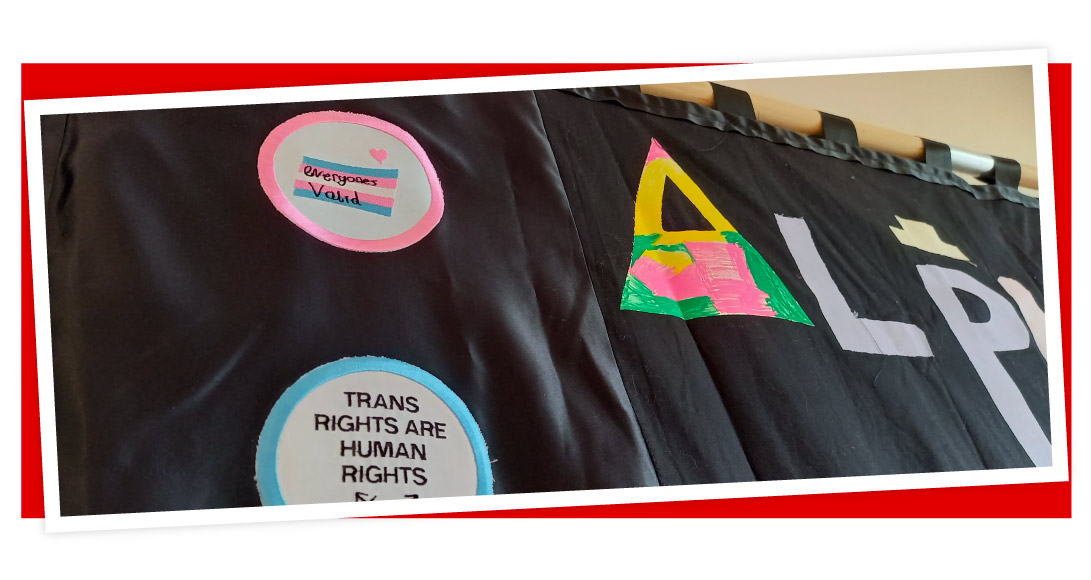
Creative Work With Targeted Groups
Behind the scenes, we worked with two organisations that support young LGBTQIA+ people.
We worked with Barnsley Council’s Targeted Youth Support LGBTQ+ Group to talk about their experiences as teenagers today. We also paired them up with Manchester based artist Sarah-Joy Ford, who works with textiles to explore the complexities queer communities, histories and archives. She supported the group in creating their own pride banner. The border of the banner is adorned with embroidered patches, each designed by a group member with a motif representing their individual lived experience as an LGBTQIA+ young person.
We also worked with Chilypep’s Young Commissioners on a project inspired by an American feminist textiles project called Tiny Pricks, which turned misogynistic Donald Trump campaign trail quotes into beautiful embroideries and tapestries. Here a group of young people aged 14 – 24 explored the negative language that young people experience as teenagers in the Eldon Street area. The themes were explored in a safe space and countered with an exploration of the positive and empowering words young people need and deserve to hear. Barnsley artist Charlotte Fairclough AKA Citizen of Stitch supported the group in turning the ugly into beautiful. Ten of the works were selected from the project for display.
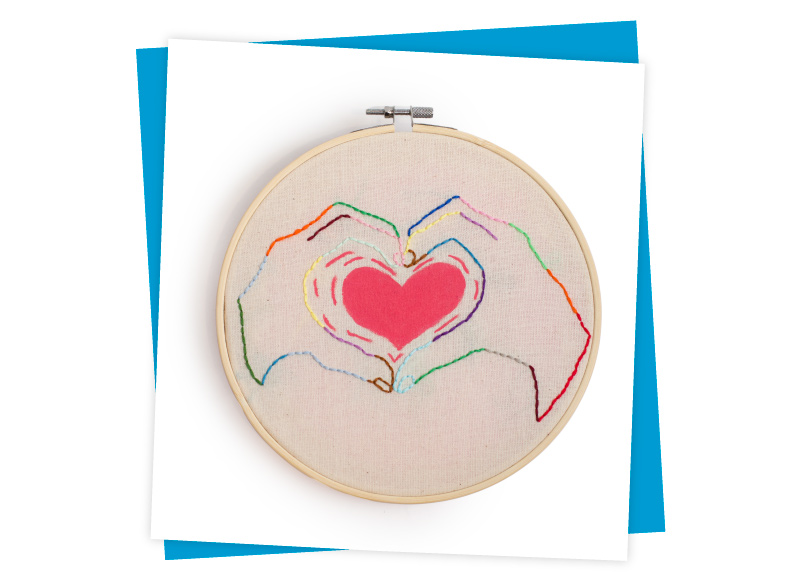
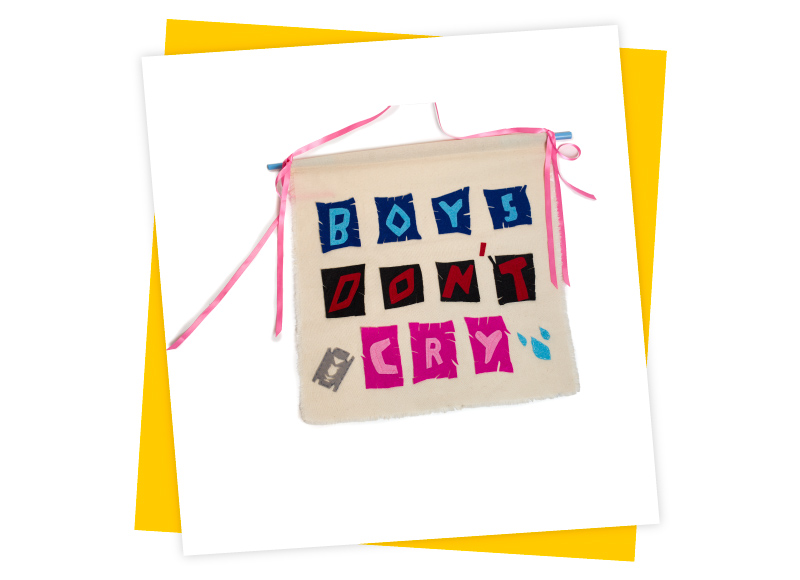
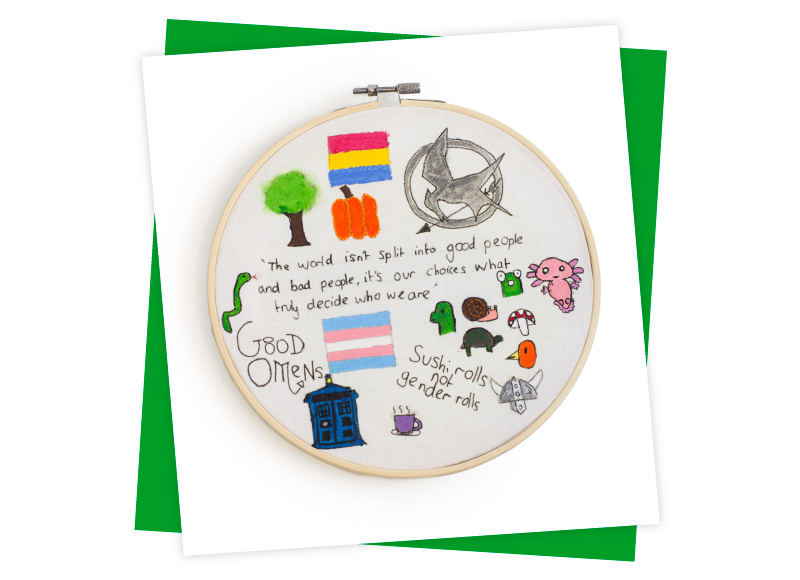
Barnsley Museums
A collection of objects were loaned to the exhibition from Barnsley Museums. Made up of objects donated by individuals and support organisations, collectively they offer an insight into the lives of Barnsley’s LGBTQIA+ community. They included a pencil case, a memory box of childhood keepsakes, badges and Pokemon toys.
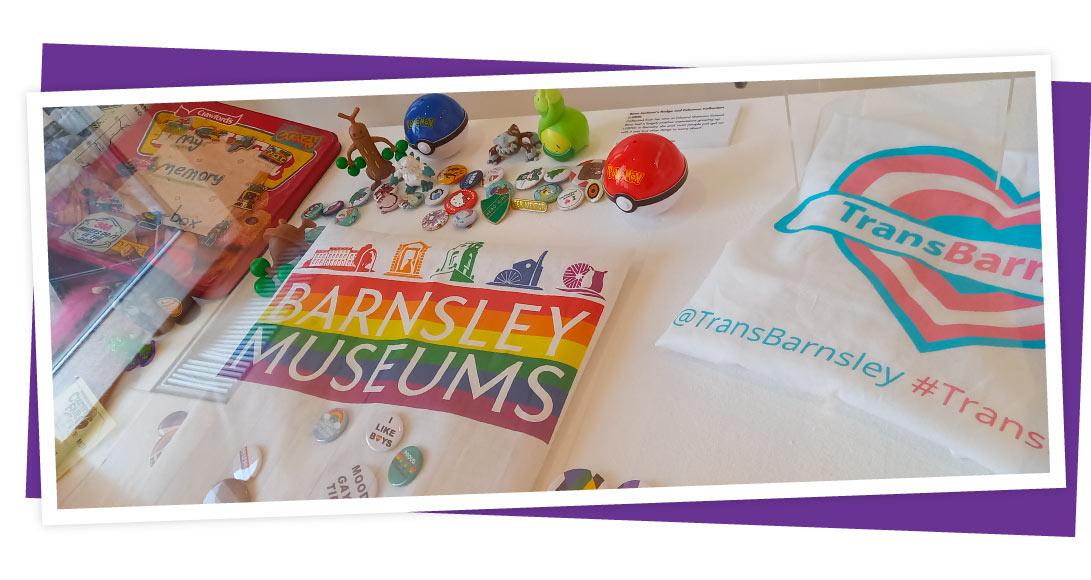
Illustrations from Sensible Footwear: A Girl’s Guide, 2019, Myriad Editions
Kate Charlesworth is a cartoonist, illustrator and writer, born in Barnsley, in 1950. She attended Wombwell High School and later attended Manchester College of Art and Design to study graphics and stage design from 1968 to 1973.
Since the 1970s, her comics and illustrations have appeared in LGBTQ+ publications such as The Pink Paper, Gay News, Strip AIDS, Dyke’s Delight, and AARGH, as well as The Guardian, The Independent, and New Internationalist.
Her book Sensible Footwear: A Girl’s Guide (2019, Myriad Editions) is an autobiography in the form of a graphic novel. In part, it documents her teenage years growing up in Barnsley and her realisation that she was a lesbian.
In the exhibition, we displayed Kate’s illustrated of the UK’s political, legal and pop cultural LGBTQ+ history, from 1950 – 2019.
